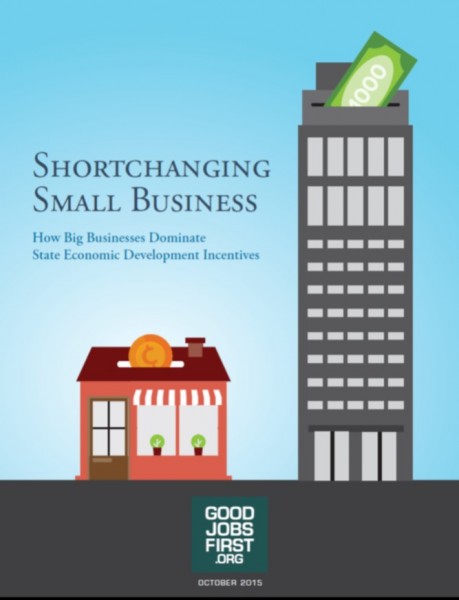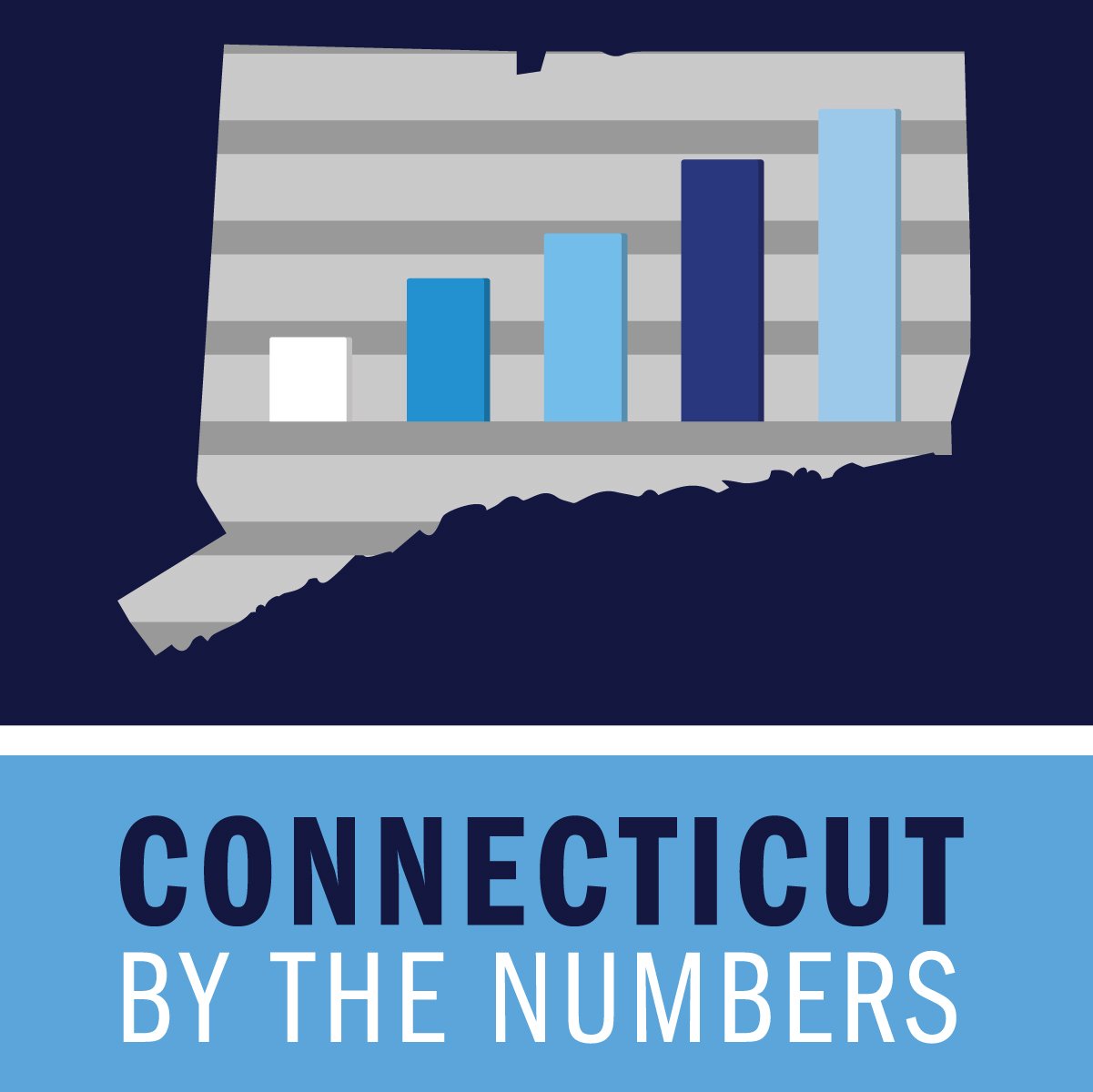Laurencin’s International Accolades and Research Objectives Grow, Earns National Medal of Technology and Innovation
/In mid-2011, it was announced that after three years at the helm, Dr. Cato T. Laurencin would step down as vice president for health affairs and dean of the University of Connecticut School of Medicine on July 1 of that year. Laurencin, it was said, would continue conducting research, mentoring and providing clinical care. In the four and a half years since, it would seem that stepping down was the best thing that could ever have happened for Laurencin, and UConn.
It was announced last week by the White House that Laurencin will receive the National Medal of Technology and Innovation from President Barack Obama next year. The award is the nation's highest honor for technological achievement that is bestowed by the president on America's leading innovators.
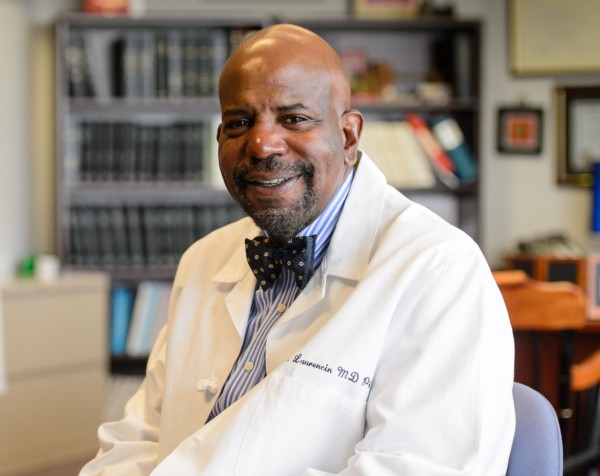 The news came just weeks after it was announced that Laurencin is the recipient of the 2016 Founders Award, the highest honor of The Society For Biomaterials. He will be honored at the 2016 World Biomaterials Congress in Montreal, Canada on May 18, 2016.
The news came just weeks after it was announced that Laurencin is the recipient of the 2016 Founders Award, the highest honor of The Society For Biomaterials. He will be honored at the 2016 World Biomaterials Congress in Montreal, Canada on May 18, 2016.
Laurencin is a world-renowned surgeon-scientist in orthopaedic surgery, engineering, and materials science, and is known as a pioneer of the field of regenerative engineering, UConn said in announcing the award. He has made fundamental contributions in polymeric materials science and engineering, and nanotechnology. His research successes have included the growth and regeneration of bone, ligaments and other musculoskeletal tissues.
In November, UConn announced the launch of a new grand research challenge: regeneration of a human knee within seven years, and an entire limb within 15 years. This major international research undertaking, called The HEAL Project, stands for Hartford Engineering A Limb. It is the brainchild of Cato T. Laurencin, whose laboratory research successes include the growth of bone and knee ligaments.
For the project, Laurencin is teaming with other top tissue engineering, regenerative medicine, and bioengineering experts dedicated to the mission of advancing the fields and developing future therapies for patients living with musculoskeletal defects or who have limb injury or loss. HEAL’s other research investigators include Professors Lakshmi Nair and Yusuf Khan of UConn, Professor David M. Gardiner of UC Irvine, professors at Harvard University, Columbia University, and Sastra University in India.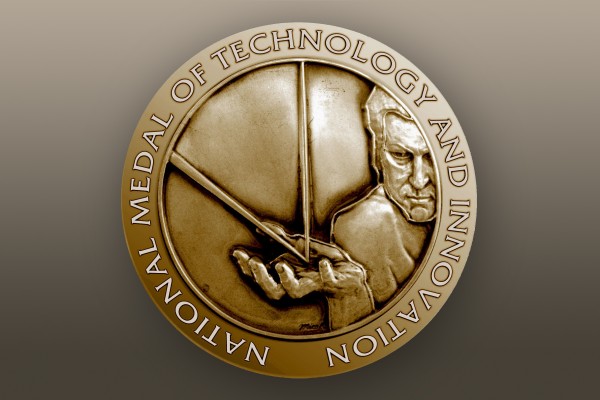
Earlier this fall, Laurencin was elected a Foreign Fellow of the National Academy of Sciences in India. He is one of only two 2015 Foreign Fellows elected, and the first from the University of Connecticut and UConn Health Center. Laurencin was honored by India’s National Academy of Sciences “for his pioneering work in the field of material sciences.” He was recognized as a world leader in polymer-ceramic composites, and recognized for his contributions in tissue generation and bioengineering.
He was also one of select group of research scientists from around the world to be named this year to be a foreign member of the Chinese Academy of Engineering (CAE), one of the most prestigious academic institutions in China. He was named among a group of foreign members that include five Americans, one Briton, one Canadian and one Austrian, bringing CAE's foreign members to 49.
Laurencin is a professor of chemical and biomolecular engineering; professor of materials science and engineering; and professor of biomedical engineering at UConn. He is also the chief executive officer of the Connecticut Institute for Clinical and Translational Science (CICATS), UConn's cross-university translational science institute.
At UConn Health, he is director of the Institute for Regenerative Engineering; the Albert and Wilda Van Dusen Distinguished Professor of Orthopaedic Surgery; and director of The Raymond and Beverly Sackler Center for Biomedical, Biological, Physical, and Engineering Sciences.
Laurencin previously received the Presidential Faculty Fellow Award from President Bill Clinton for his work bridging engineering and medicine, and the Presidential Award for Excellence in Science, Math, and Engineering Mentoring from President Obama.
“Science and technology are fundamental to solving some of our Nation’s biggest challenges,” President Obama said. “The knowledge produced by these Americans today will carry our country’s legacy of innovation forward and continue to help countless others around the world. Their work is a testament to American ingenuity.” Established by the Stevenson-Wydler Technology Innovation Act of 1980, the medal was first awarded in 1985.
Joel D. Bumgardner, chair of the Awards Committee of The Society For Biomaterials said, “Dr. Cato Laurencin has become a world leader in nanomaterials, and tissue engineering, working across the spectrum from establishing basic science and biomaterial properties to translating discoveries into clinical practice. Also, his work has led to the development of a new area called regenerative engineering. This emerging area builds on and synergizes principles in biomaterials engineering and stem cell/developmental biology to formulate new paradigms for effective repair/regeneration of diseased/damaged tissues.
Bumgardner also noted Laurencin’s mentorship of young faculty and students – “a legacy that will have a significant and long-ranging impact in the broad biomaterials community.”





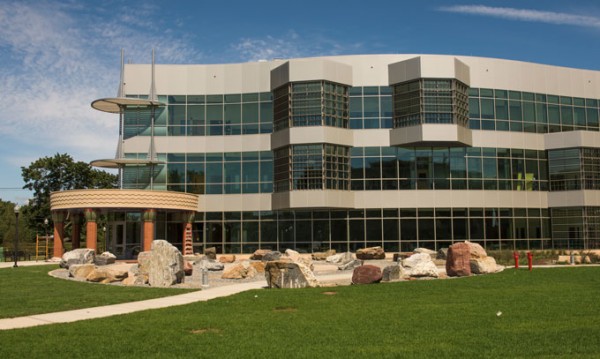
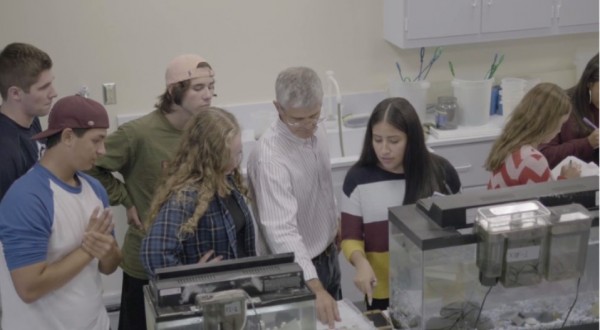
 The
The  Plans for the new Academic Science & Laboratory Building at Southern began back in 2007 with a comprehensive 10-year capital improvement plan, dubbed CSUS 2020, for upgrading the four institutions of the Connecticut State University System. Approved by the state legislature and signed into law by Gov. M. Jodi Rell, the plan was developed during the administration of Chancellor David G. Carter. It included upgrades and repairs to existing facilities, as well as construction of a new Visual & Performing Arts Center at Western Connecticut State University, which
Plans for the new Academic Science & Laboratory Building at Southern began back in 2007 with a comprehensive 10-year capital improvement plan, dubbed CSUS 2020, for upgrading the four institutions of the Connecticut State University System. Approved by the state legislature and signed into law by Gov. M. Jodi Rell, the plan was developed during the administration of Chancellor David G. Carter. It included upgrades and repairs to existing facilities, as well as construction of a new Visual & Performing Arts Center at Western Connecticut State University, which 

 The celebration also included a tour of the lab’s research and development projects. Employees from Alstom’s nearby Windsor, campus, where the
The celebration also included a tour of the lab’s research and development projects. Employees from Alstom’s nearby Windsor, campus, where the  company employs more than 1,000 people, also attended tours of the new facility.
company employs more than 1,000 people, also attended tours of the new facility.

 NASA's Mars Reconnaissance Orbiter (MRO) provided the strongest evidence yet that liquid water flows intermittently on present-day Mars.
NASA's Mars Reconnaissance Orbiter (MRO) provided the strongest evidence yet that liquid water flows intermittently on present-day Mars.
 NASA is developing the capabilities needed to send humans to an asteroid by 2025 and Mars in the 2030s – goals outlined in the bipartisan NASA Authorization Act of 2010 and in the U.S. National Space Policy, also issued in 2010. While a human landing is challenging, the development of a reliable return flight is a more difficult technologically hurdle. The colonization of the Red Planet is also being considered by some, but would require means to deal with the planet’s thin atmosphere, lack of oxygen and barren
NASA is developing the capabilities needed to send humans to an asteroid by 2025 and Mars in the 2030s – goals outlined in the bipartisan NASA Authorization Act of 2010 and in the U.S. National Space Policy, also issued in 2010. While a human landing is challenging, the development of a reliable return flight is a more difficult technologically hurdle. The colonization of the Red Planet is also being considered by some, but would require means to deal with the planet’s thin atmosphere, lack of oxygen and barren  cold weather.
cold weather. As part of the preliminary preparation for such a flight, the nation’s space agency is working with a military laboratory at the submarine base in Groton to measure how teams cope with stress during month-long simulations of space flight. The Navy research that piqued NASA's interest started about five years ago when the Groton-based Naval Submarine Medical Research Laboratory, at the request of the submarine force, began examining ways to make tactical teams work together better, the Associated Press
As part of the preliminary preparation for such a flight, the nation’s space agency is working with a military laboratory at the submarine base in Groton to measure how teams cope with stress during month-long simulations of space flight. The Navy research that piqued NASA's interest started about five years ago when the Groton-based Naval Submarine Medical Research Laboratory, at the request of the submarine force, began examining ways to make tactical teams work together better, the Associated Press 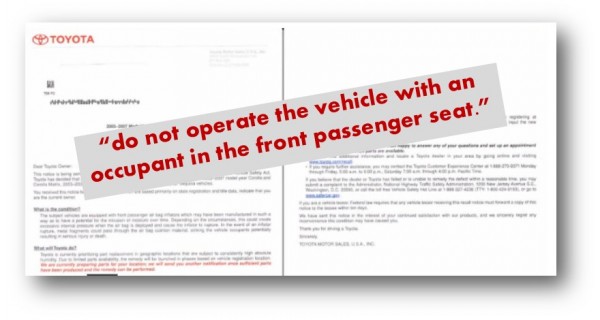
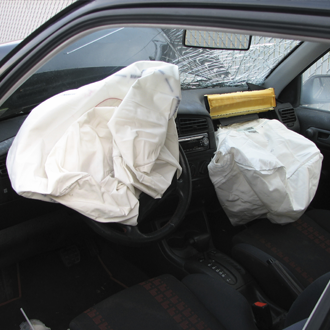
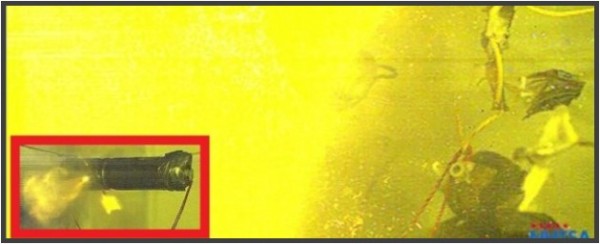 The company, and impacted automakers, are making parts necessary to accomplish repairs available in regions of the country with humid climates first, because humidity has been said to increase the risk of air bag rupture. Connecticut residents, living in a region not known for its humidity, are not a priority for the repair, and continue to wait for word when repairs for their recalled vehicles can be made.
The company, and impacted automakers, are making parts necessary to accomplish repairs available in regions of the country with humid climates first, because humidity has been said to increase the risk of air bag rupture. Connecticut residents, living in a region not known for its humidity, are not a priority for the repair, and continue to wait for word when repairs for their recalled vehicles can be made.

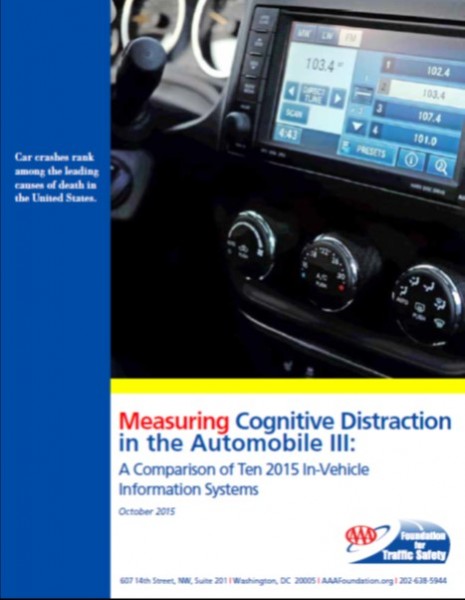

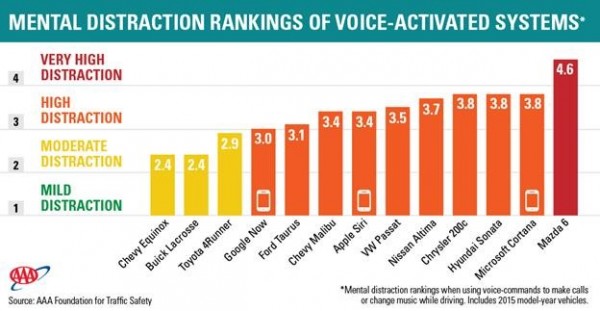
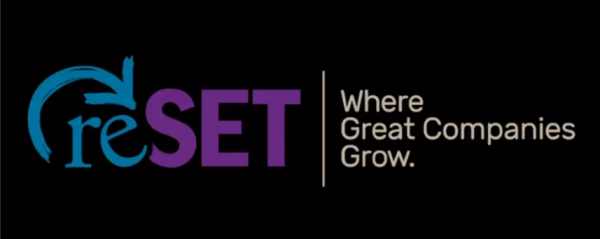
 sustainable lifestyle beverate brand for teens and tweens. The company's goal is to inspire young people to realize the power of consumer choices to effect social and environmental change.
sustainable lifestyle beverate brand for teens and tweens. The company's goal is to inspire young people to realize the power of consumer choices to effect social and environmental change.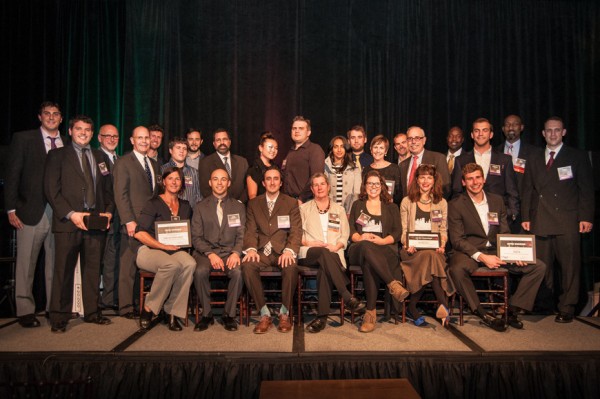
 The five awards judges - Sherrell Dorsey of Uber and Triple Pundit, Adam Dotson of Ironwood Capital, Claire Leonardi, an advisor to reSET's Social Enterprise Investment Fund and former CEO of Connnecticut Innovations, Anthony Price of LootScout and Paul Witinski of Ironwood Capital - narrowed down more than 100 applicants to 12 honorees. The People’s Choice winner was selected via more than 1,800 online votes.
The five awards judges - Sherrell Dorsey of Uber and Triple Pundit, Adam Dotson of Ironwood Capital, Claire Leonardi, an advisor to reSET's Social Enterprise Investment Fund and former CEO of Connnecticut Innovations, Anthony Price of LootScout and Paul Witinski of Ironwood Capital - narrowed down more than 100 applicants to 12 honorees. The People’s Choice winner was selected via more than 1,800 online votes.
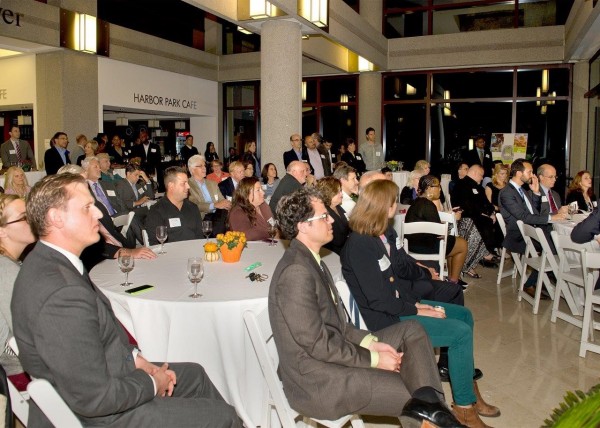 “I would like to congratulate all of the members of Stamford 2030 for joining together to make vital changes for our community," said Stamford Mayor David Martin. "The partners in Stamford 2030 have really stepped up for the success and sustainability of our city and the surrounding area. And they are not alone. For our part, the city is committed to improving storm resiliency and moving forward with the Energy Improvement District. We believe these efforts are tied to our economic development and ability to attract people to Stamford while conserving important natural resources, all necessary for sustained growth and prosperity.”
“I would like to congratulate all of the members of Stamford 2030 for joining together to make vital changes for our community," said Stamford Mayor David Martin. "The partners in Stamford 2030 have really stepped up for the success and sustainability of our city and the surrounding area. And they are not alone. For our part, the city is committed to improving storm resiliency and moving forward with the Energy Improvement District. We believe these efforts are tied to our economic development and ability to attract people to Stamford while conserving important natural resources, all necessary for sustained growth and prosperity.”